Ultimate Guide to Setup a Cichlid Aquarium
Introduction
Setting up a cichlid aquarium requires careful planning and attention to detail. Cichlids are diverse and colorful freshwater fish, known for their territorial behavior and unique care requirements. Whether you are setting up an African cichlid tank or a South American cichlid aquarium, proper tank setup, filtration, water parameters, and aquascaping are essential for their well-being. This guide will provide a step-by-step aquarium setup for cichlids, ensuring a thriving environment for your fish.
Step 1: Choosing the Right Aquarium
The size of the cichlid fish tank is crucial. Cichlids are active and territorial, requiring ample space. Consider the following:
- Minimum tank size: A 50-gallon / 200 liters tank is suitable for smaller species, while larger cichlids need 100 gallons / 400 liters or more.
- Tank shape: A long aquarium is better than a tall one, as it provides more swimming space.
- Tank material: Glass tanks are durable, while acrylic tanks are lighter and more impact-resistant.
Step 2: Selecting the Right Substrate
The substrate plays a key role in maintaining water chemistry and mimicking the natural habitat of cichlids. Choose from:
Recommended Aquarium Sand: Aquarium Sand, Super Natural for Aquarium Landscaping
- 80% positive ratings from 1K+ customers
- 1K+ recent orders from this brand
- 7+ years on Amazon
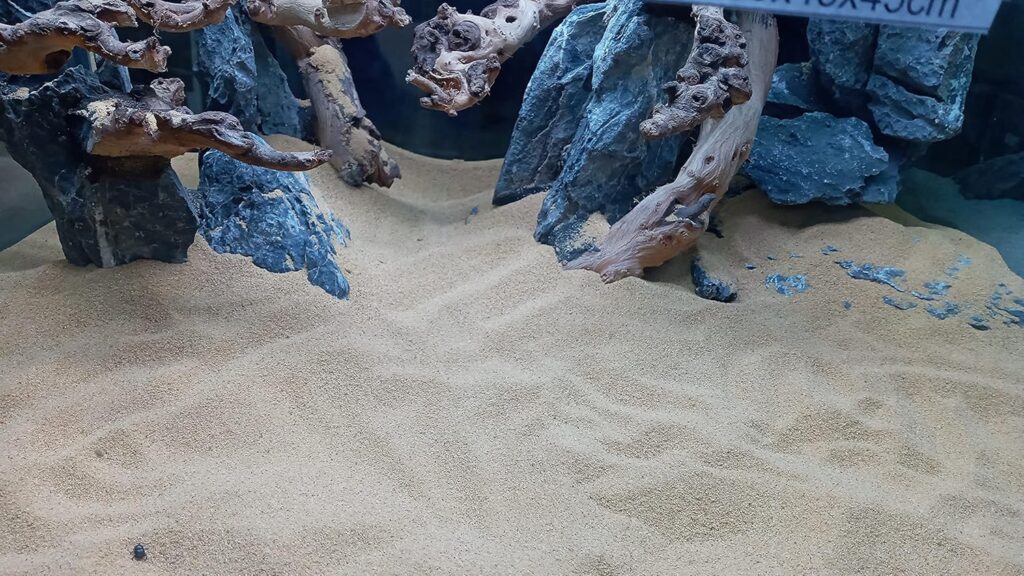
- Sand substrate: Ideal for African cichlids from the Rift Lakes.
- Crushed coral or aragonite sand: Helps maintain a higher pH.
- Gravel: Suitable for some South American species.
Step 3: Setting Up the Filtration System
A strong aquarium filtration system is necessary due to the high bioload of cichlids. Consider:
- Canister filters: Best for large tanks with high efficiency.
- Sponge filters: Provide biological filtration for fry or breeding tanks.
- Hang-on-back (HOB) filters: A good choice for medium-sized tanks.
Recommended Canister Filter: EHEIM Classic 250 Aquarium External Canister Filter
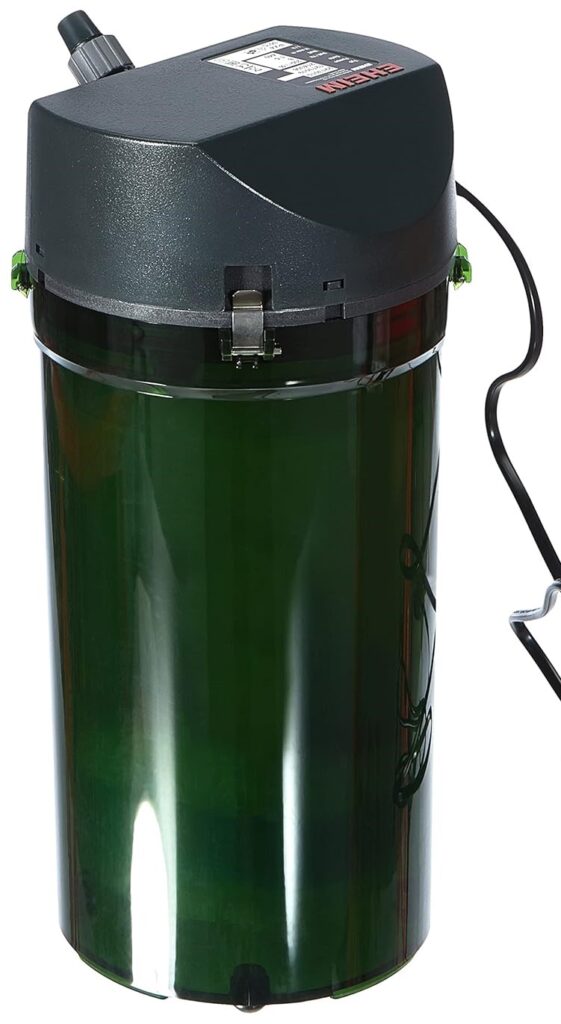
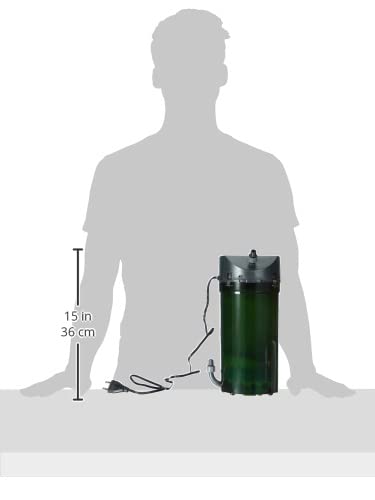
Step 4: Adjusting Water Parameters
Cichlids require specific water conditions to thrive. Ensure:
- Temperature: 74-82°F (23-28°C) using an aquarium heater.
Recommended Aquarium Heater : Sobo Ultra Short Stainless Steel Heating Rod
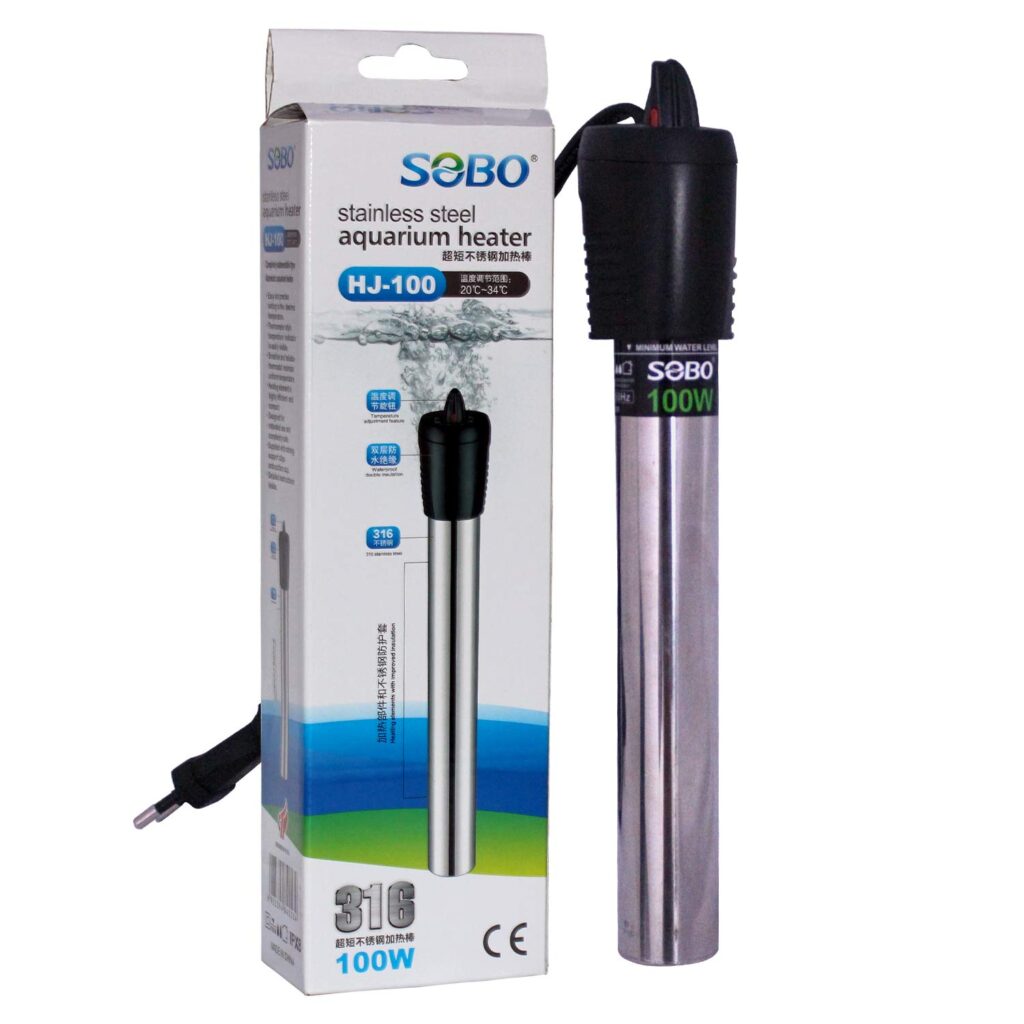
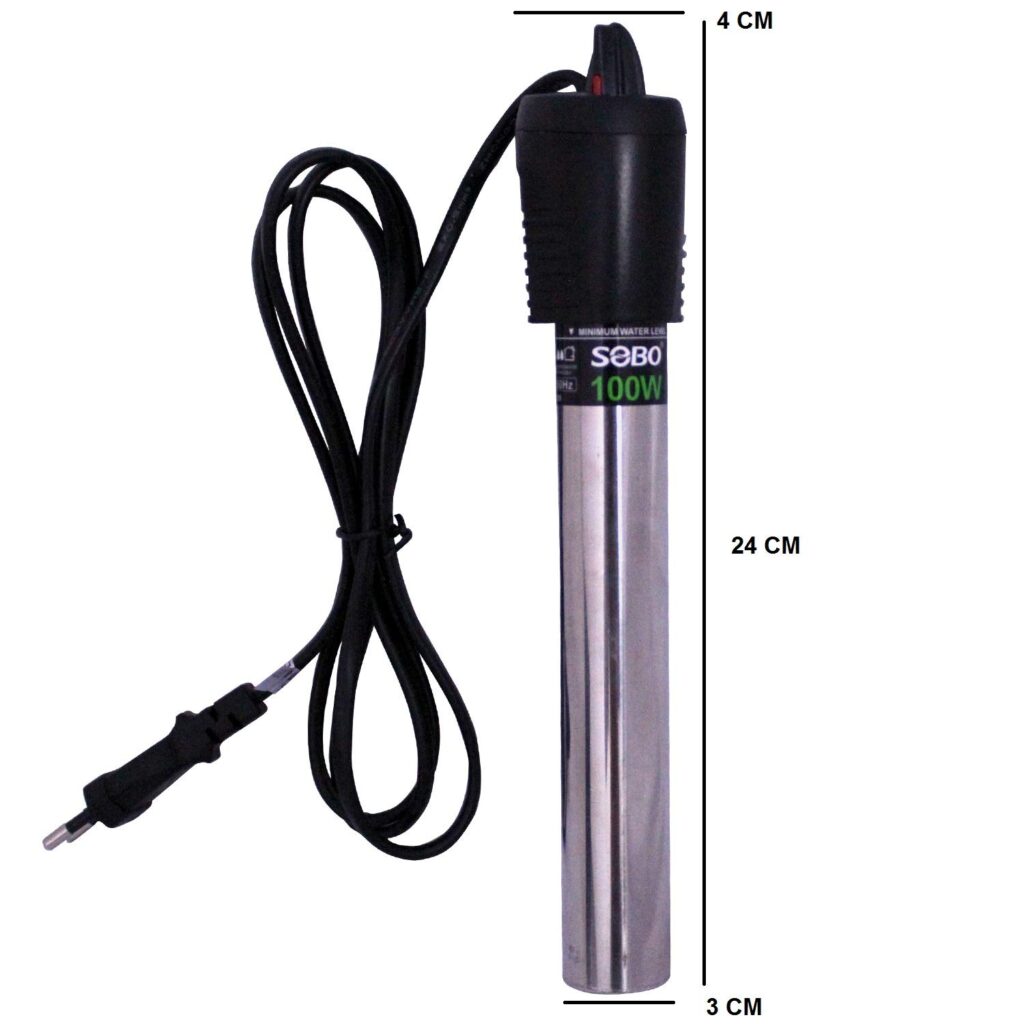
- pH levels: African cichlids prefer alkaline (7.8-8.6), while South American cichlids prefer slightly acidic to neutral (6.5-7.5).
Recommended Freshwater Aquarium Test Kit : API All in One Freshwater Master Test Kit
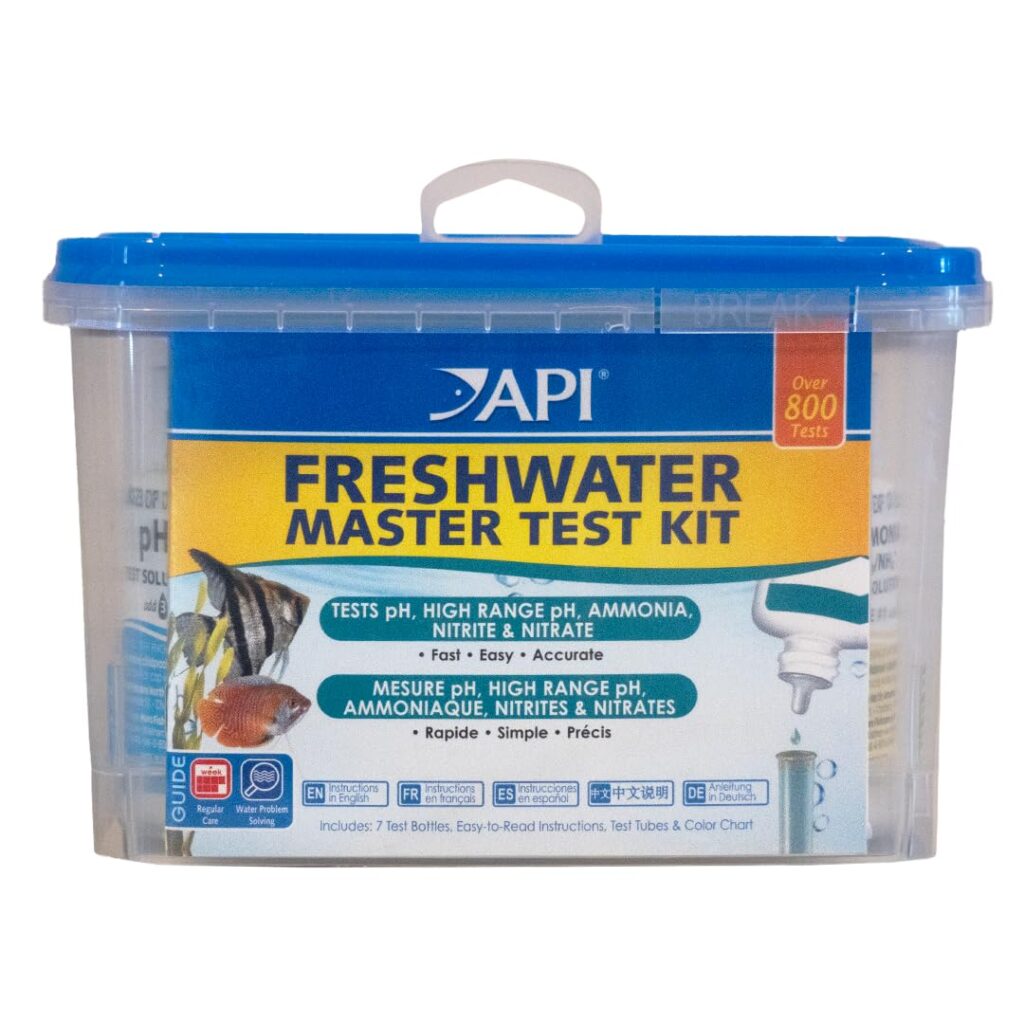
- Hardness: African cichlids require hard water; South American cichlids prefer softer water.
- Regular water changes: Change 20-30% weekly to maintain water quality.
Step 5: Aquascaping for Cichlids
Aquascaping should mimic the natural habitat of cichlids and provide hiding places to reduce aggression. Use:
- Rocks and caves: Essential for territorial species.
Recommended Aquarium Rocks: Congo Rock for Aquarium Decoration
- 100% Natural Stone Rock
- Safe and great looking rock for your tank, this rock will not alter the water values
- Very useful product
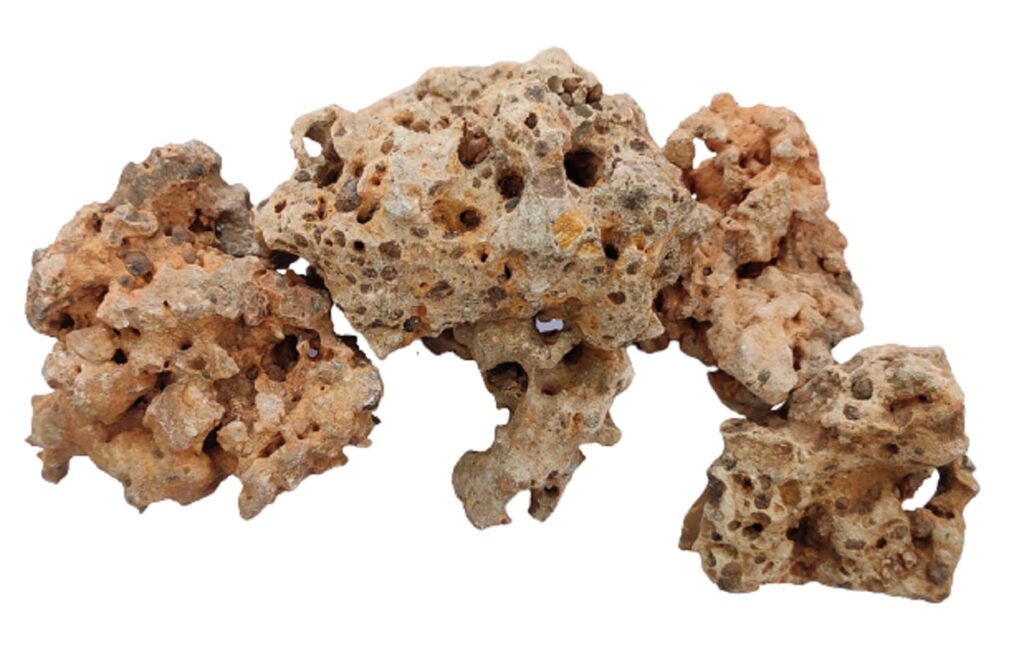
- Driftwood: Beneficial for softening water in South American cichlid tanks.
Recommended Aquarium Driftwood: Natural Aquarium Decor Driftwood | Random Shape
- Natural Driftwood
- Sturdy and Durable
- Distinctive Character
- Good for hiding space
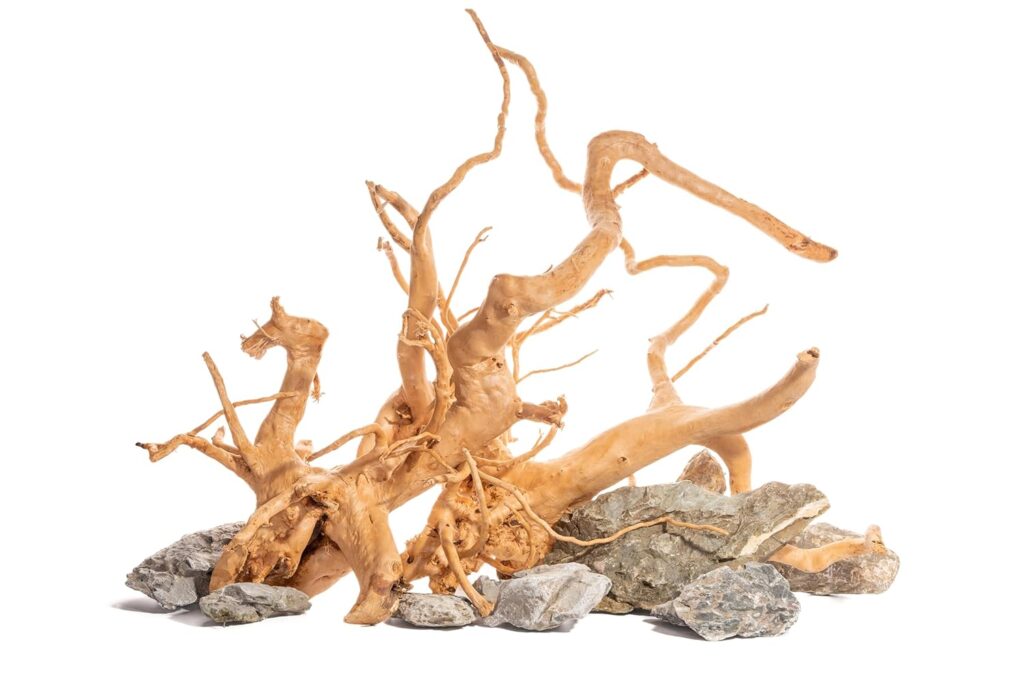
Note: Before putting it into the fish tank, it should be cleaned well, if possible soak in water and clean with brush until all tannins removed. It ensures water is clear when driftwood is placed in fish tank. A certain level of patience is required. Urgent users please purchase with caution. Buyers must follow the instructions and completely remove tannins before using.
Step 6: Choosing the Right Tank Mates
Cichlids can be aggressive, so careful tank mate selection is crucial:
- African cichlids: Best kept with other African species from the same lake.
- South American cichlids: Can coexist with certain catfish, tetras, and plecos.
- Avoid small fish: Cichlids may see them as food.
Step 7: Feeding Your Cichlids
A balanced cichlid diet includes:
- Pellets or flakes: High-quality cichlid-specific food.
- Live or frozen foods: Brine shrimp, bloodworms, and daphnia.
- Vegetables: Some species benefit from spirulina or blanched vegetables.
Recommended Fish Food: Hikari Cichlid Excel Floating Pellets
- Contains pure-cultured spirulina which can improve colour enhancing capacity
- Developed over many years of continuous research, this uniquely balanced formulation helps support immune system health
- Please remove uneaten food after the feeding period
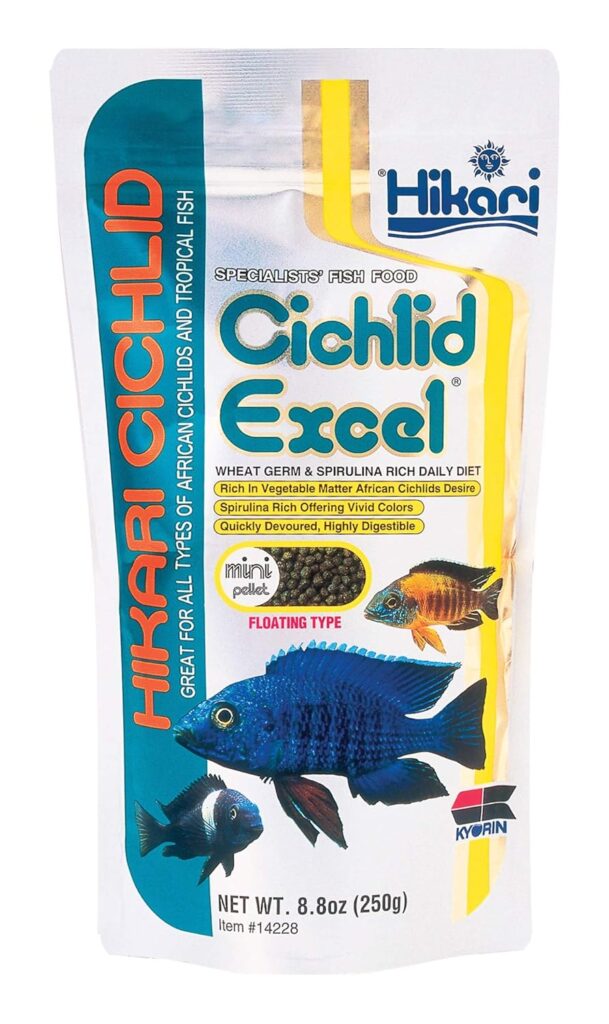
Step 8: Maintaining the Aquarium
Routine aquarium maintenance keeps the tank healthy:
- Test water parameters weekly using a water test kit.
- Clean the filter regularly to maintain efficiency.
- Remove uneaten food to prevent water contamination.
- Check for signs of disease such as white spots or unusual behavior.
Step 9: Understanding Cichlid Behavior
Cichlids have distinct behavioral traits, including:
- Territorial disputes: Providing enough space and hiding spots helps reduce aggression.
- Breeding behaviors: Many species exhibit complex courtship rituals.
- Hierarchy establishment: Expect dominance battles, especially in African cichlid tanks.
Step 10: Breeding Cichlids
Breeding cichlids can be a rewarding experience. Consider these factors:
- Separate breeding tank: Helps protect fry from adult aggression.
- Optimal water conditions: Stable parameters encourage spawning.
- Parental care: Some cichlids are mouthbrooders, while others guard their eggs.
Step 11: Common Cichlid Diseases and Treatments
Cichlids can be prone to several fish diseases, such as:
- Ich (white spot disease): Treat with temperature adjustment and aquarium salt.
- Fin rot: Improve water quality and use antibacterial medication.
- Bloat: Common in African cichlids; avoid overfeeding and use Epsom salt if necessary.
Step 12: Upgrading Your Cichlid Aquarium
As cichlids grow, you may need to upgrade the tank. Consider:
- Larger tank size: Prevents overcrowding and aggression.
- Stronger filtration: Helps handle increased waste production.
- Enhanced aquascaping: Adding caves and hiding spots improves the environment.
10 Must-Have Aquarium Maintenance Tools You Can’t Live Without!
Conclusion
By following these steps, you can create a thriving cichlid aquarium. Proper tank setup, filtration, water quality, aquascaping, and diet are key to ensuring the health and happiness of your cichlids. With the right care, these fascinating fish will bring vibrant color and dynamic behavior to your aquarium for years to come.
Additional Resources
For further reading, consider:
- Online cichlid care forums for expert advice.
- Books on cichlid species and behavior.
- Local fish stores or aquarist clubs for hands-on guidance.
Happy fishkeeping!
- 10 Must-Have Aquarium Maintenance Tools You Can’t Live Without!
- Say Goodbye to Fish Lice Forever! The Ultimate Treatment Guide
- Anchor Worms Are Attacking Your Fish! Learn How to Eliminate Them FAST
- Miraculous Betta Fish Fin Rot Treatment – You Won’t Believe How Easy It Is!
- Is Your Fish’s Tail Falling Apart? Discover the Best Fin Rot Treatment That Works!
- Cotton Wool Disease in Fish: Causes, Symptoms & Effective Treatments
- White Spot Fish Treatment: Effective Methods to Protect Your Aquarium
- Effective Dropsy Fish Treatment You Need to Try – Save Your Fish Today!
- How to Set Up a Cichlid Aquarium: A Complete Guide

